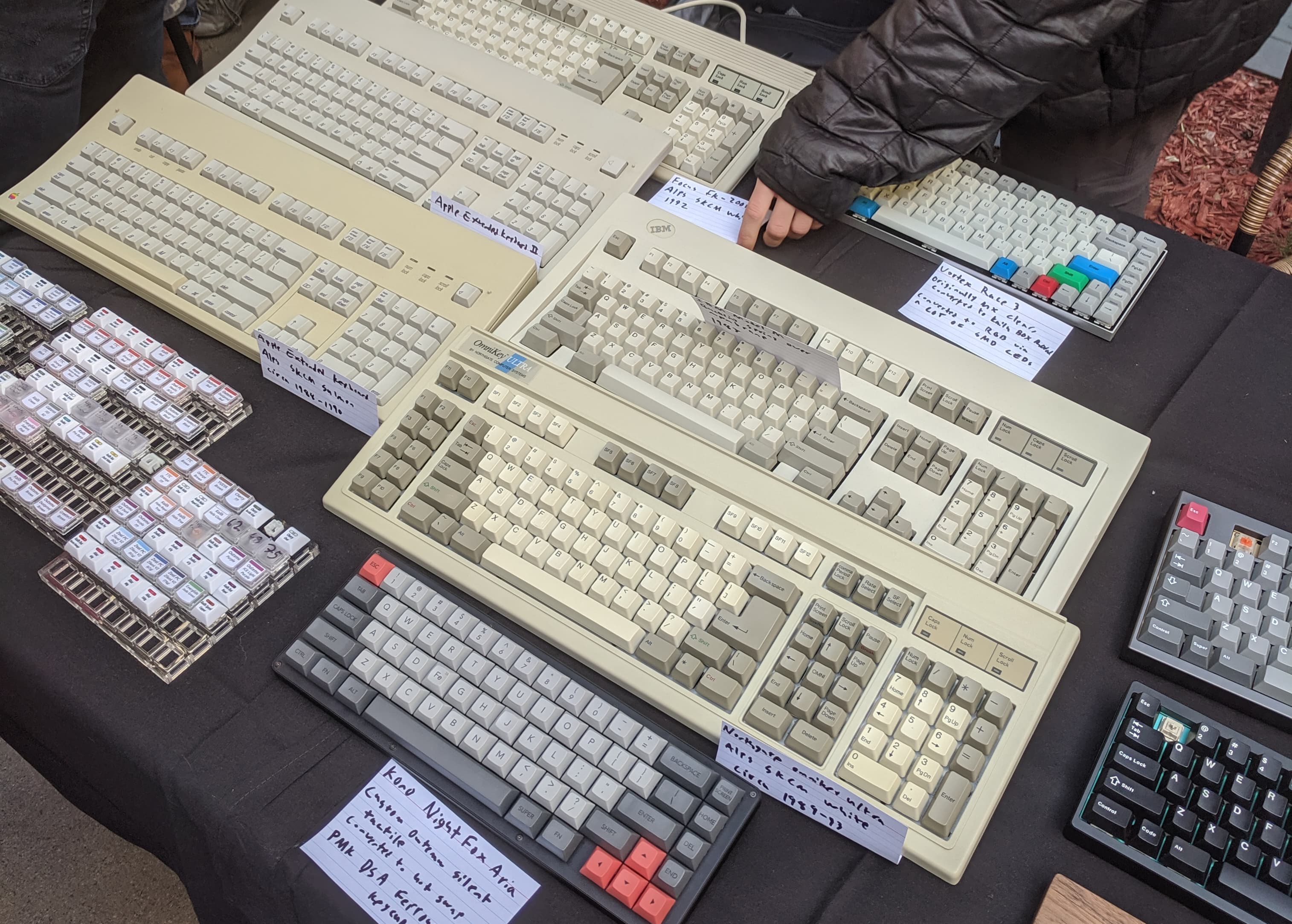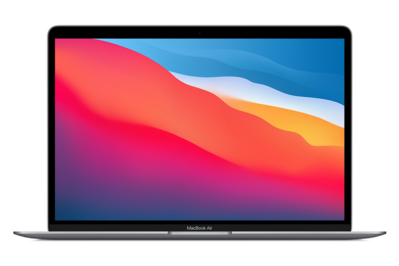

One piece of software that will never run on an M1-based Mac is the X86 version of Windows. Luckily many essential apps do already run natively on the M1 Chip, including Python, Unity and Chrome. You can check the status here: Apps Ready for M1. We run through which apps work on M1 Macs in a separate article.


A lot of software developers have updated their software to run on the M1 over the past year, so chances are the software you use is supported, or the wait won’t be long. In general this shouldn’t mean that you can’t use the software you rely on on these new Macs – Apple includes Rosetta which translates the old X86 code so it can run on ARM – but there may be some lag if you are having to rely on that. The only real disadvantage is where the software you use may not be fully supported. There a lot of positive to be said about these chips. Understandably there are many wondering if this process means developers can by pass the necessity to use a Mac. It means that developers only need to code once and then the app can be converted to iOS, Android and others. Can I use Flutter to develop iOS and macOS apps without a Mac?įlutter is an open-source US development kit from Google that makes it easy to create an app that can be used across a variety of platforms. Read about why programmers think macOS is the best operating system. We also have a guide to coding and programming on a Mac. You couldīuild a hackintosch, and some people do, but there are lots of reasons why we wouldn’t recommend that as a solution. One key reason to buy a Mac for development is the simple fact that it’s difficult to run macOS on anything other than a Mac.



 0 kommentar(er)
0 kommentar(er)
